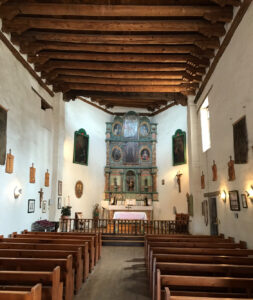 by the staff of Liberty Unyielding
by the staff of Liberty Unyielding
It’s the “return of compulsory chapel: George Mason University, a Virginia public institution, will require students to take two social justice courses,” notes Walter Olson of the Cato Institute. A student taking such courses will have “to demonstrate” “competencies” in “diversity,” “equity.” and “inclusion.” George Mason University is Virginia’s largest university.
Last month, George Mason University announced:
Students entering Mason in Fall 2024 or later will be required to take two Mason Core courses that have the Just Societies flag….
Courses with a Just Societies flag must meet both of these outcomes, in addition to other required course outcomes related to the primary Mason Core Exploration category. Upon completing a Just Societies course, students will be able to demonstrate the following two competencies:
- a) Define key terms related to justice, equity, diversity, and inclusion as related to this course’s field/discipline and
b) Use those terms to engage meaningfully with peers about course issues …
- Articulate obstacles to justice and equity, and strategies for addressing them, in response to local, national, and/or global issues in the field/discipline
The National Review says that “the classes no doubt will be grievance-dominated and utopian.”
There is a course approval process for faculty wishing to teach these required courses. But as a practical matter, only courses with a left-leaning ideological slant are likely to be approved. “What do you suppose would happen if a GMU professor proposed a course on the theme that the most just society would be one with a minimal government?,” asks George Leef of the James G. Martin Center for Academic Renewal. Continue reading

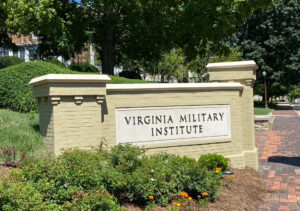 by the staff of The Cadet
by the staff of The Cadet

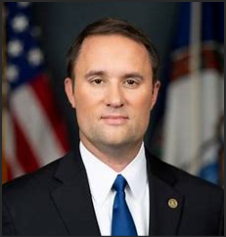
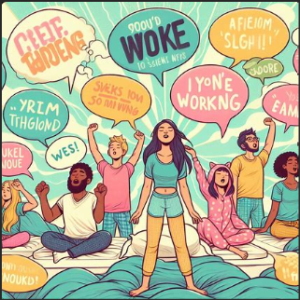
 by James A. Bacon
by James A. Bacon by Jake Spivey
by Jake Spivey by James A. Bacon
by James A. Bacon by James A. Bacon
by James A. Bacon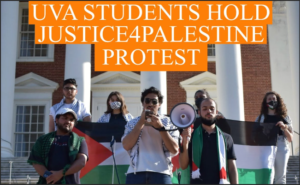
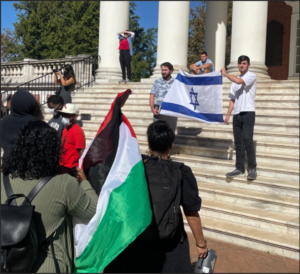 by James A. Bacon
by James A. Bacon


